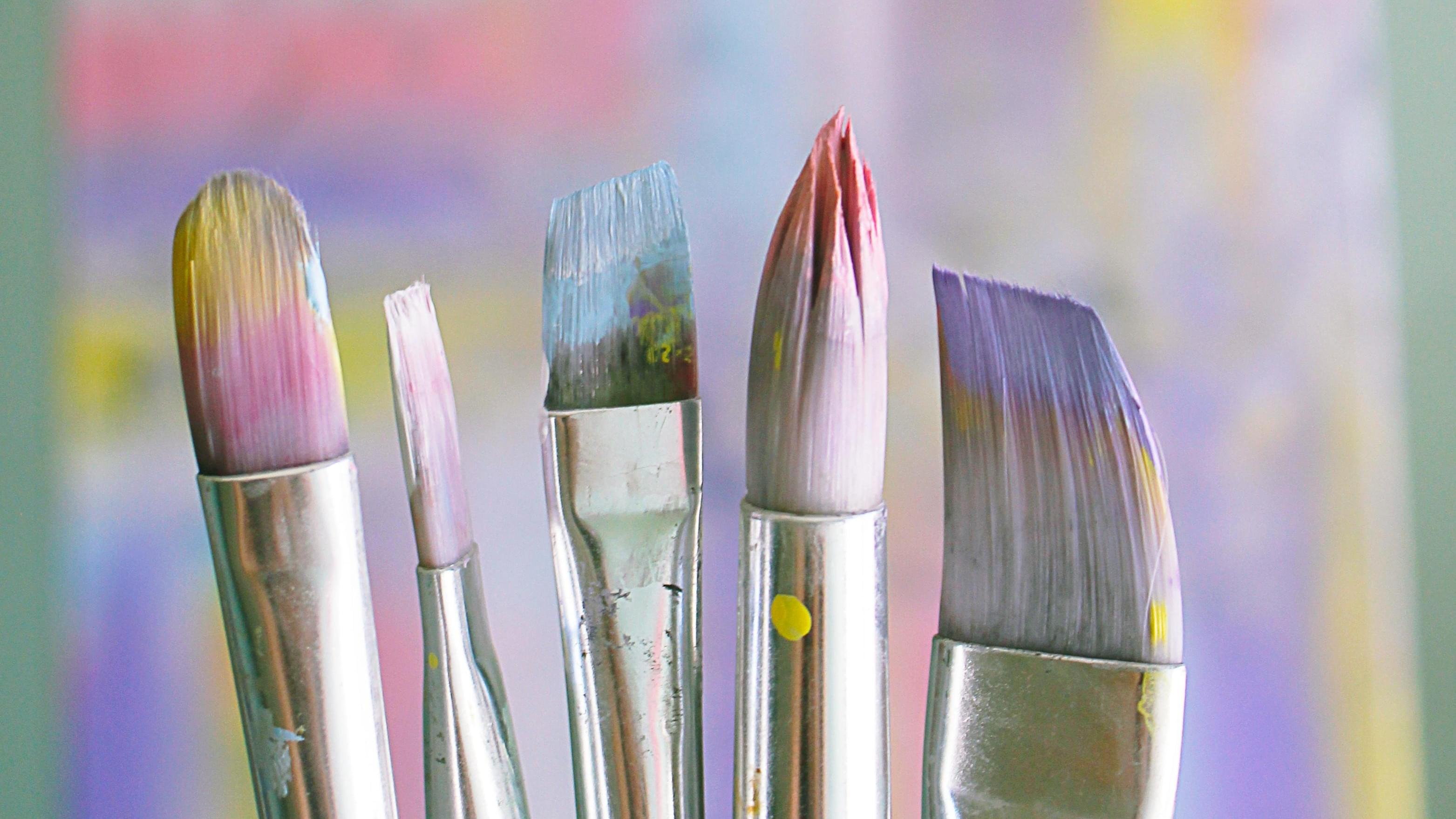April 2024
Creative Outlets for Healing
Learn how art, music, and writing can be powerful tools for emotional expression and healing. Then, explore your options for creative outlets.

When facing illness, the focus is often on physical treatment and recovery. However, there’s another powerful tool in the healing arsenal: creative expression. For centuries, art, music, and writing have been used for emotional release and self-discovery. But did you know recent research also highlights their therapeutic benefits for those battling illness?
How Creativity Heals
Creativity redirects our focus. Illness can consume our thoughts. Engaging in creative activities provides a welcome distraction, allowing you to focus on creating something beautiful instead of dwelling on worry. Additionally, creative expression can induce a state of “flow,” where you become completely absorbed in the present moment, losing track of time and self-consciousness. This state promotes relaxation and reduces stress, which are crucial for healing. These benefits are backed by research. Studies have shown that creative outlets can decrease anxiety and depression, improve mood, and even enhance the immune system.
Explore Creative Options
The beauty of creative expression lies in its accessibility. There’s no right or wrong way to do it, and there’s a perfect creative outlet for everyone. Here are a few possible avenues of creation to get your wheels turning.

Visual Arts
Painting, drawing, and sculpting allow you to express emotions through color, form, and texture. Even coloring in adult coloring books can be incredibly therapeutic.
Culinary Creativity: Cooking and baking are more than just sustenance – they’re creative pursuits! Experiment with new recipes, decorate cakes or simply find joy in the act of making a delicious meal.
Digital Adventures: The digital world offers numerous creative avenues. Try graphic design, photography, animation, or digital art software to express yourself visually.

Musical Outlets
Music has a profound impact on our emotions and well-being. Whether you’ve always harbored a secret rockstar dream or simply enjoy singing along to your favorite tunes, music offers a multitude of creative possibilities:
Playing an Instrument: Learning a new instrument, be it the piano, guitar, drums, or even something more unique, can be a stimulating and rewarding experience. Don’t be discouraged if you’re a beginner; the joy of learning and creating music is its own reward.
Singing: Singing, whether solo or in a choir, is a fantastic way to express emotions and connect with others.
Composing Music: If you have a knack for melody and rhythm, try composing your own music. It can be a deeply personal and cathartic experience.
Creating Playlists: Even if you don’t actively create music yourself, curating playlists that reflect your mood or experiences can be a form of creative expression.

Written Expression
Writing has long been a potent tool for processing emotions and experiences. Here are just a few ways to engage with the written word:
Storytelling: Craft fictional narratives or share true stories about your experiences with illness.
Poetry: Let your emotions flow freely through the rhythm and imagery of poetry.
Journaling: Write down your thoughts, worries, and dreams in a safe space. Journaling can be a powerful tool for self-reflection and emotional processing.
Incorporating creative expression into your healing journey will surprise you at the positive impact it has on your emotional, mental, and even physical well-being. So, pick up a paintbrush, put pen to paper, or crank up the music—and let your creativity flow! Think a change of scenery could boost your creativity? Apply for Respite!

